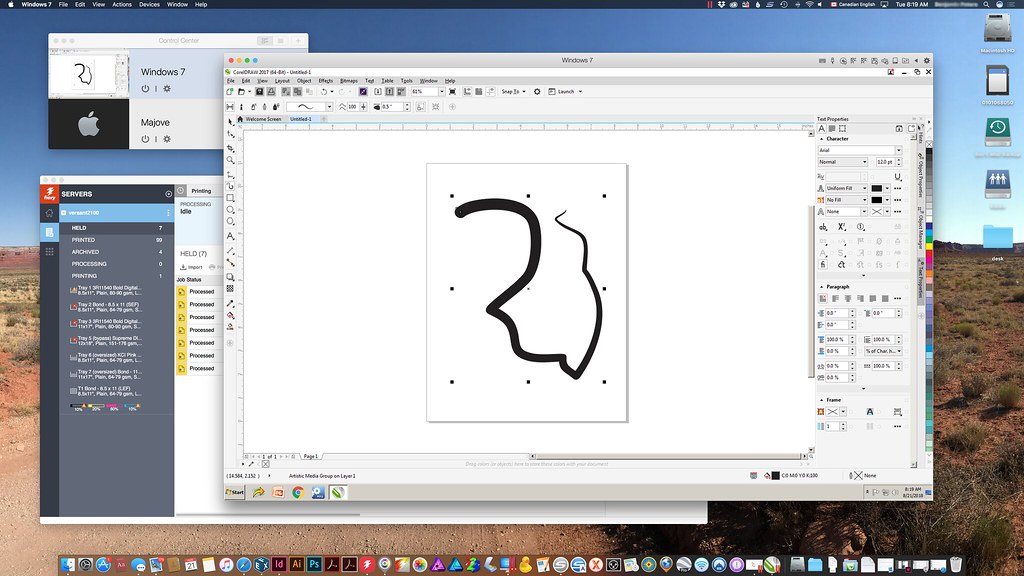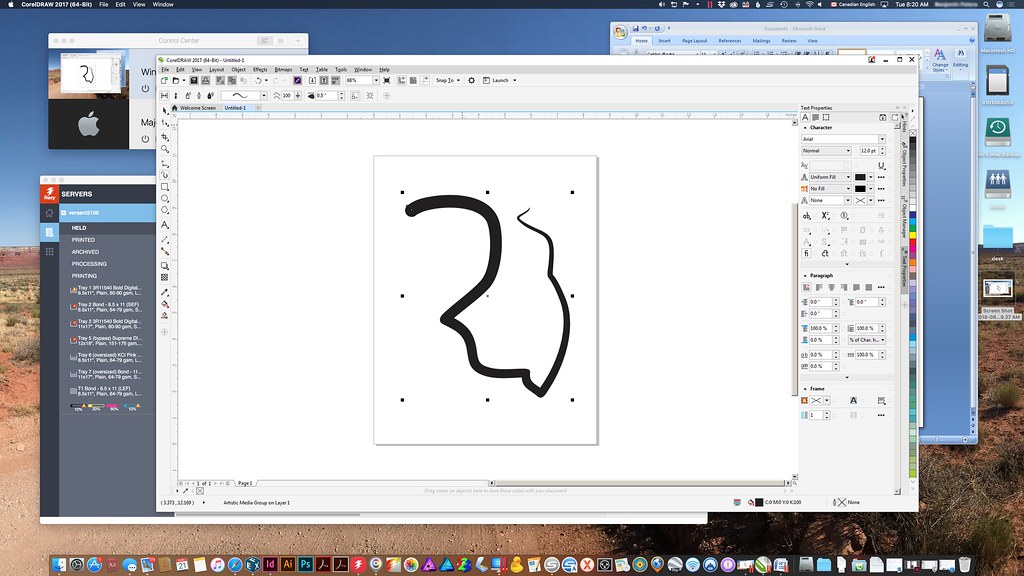kdw75
Well-known member
I use Windows 10 at home for Lightroom and gaming, and at work I have always used Macs for design, layout, Adobe CC, FusionPro, and Pitstop Pro.
The complaint I have is that our MIS and Mailing software are Windows only, meaning that I have to run over to a Windows machine constantly to use it. I am contemplating replacing my Mac with a Windows 10 machine that could do everything.
My only real concern is that some hidden surprises will cause things not to run as smoothly, such as font problems or PDFs not showing accurately, though I have no real reason to suspect this.
That being said, is anyone else using Windows for pre-press and if so are there any quirks or hurdles I should be wary of?
The complaint I have is that our MIS and Mailing software are Windows only, meaning that I have to run over to a Windows machine constantly to use it. I am contemplating replacing my Mac with a Windows 10 machine that could do everything.
My only real concern is that some hidden surprises will cause things not to run as smoothly, such as font problems or PDFs not showing accurately, though I have no real reason to suspect this.
That being said, is anyone else using Windows for pre-press and if so are there any quirks or hurdles I should be wary of?













